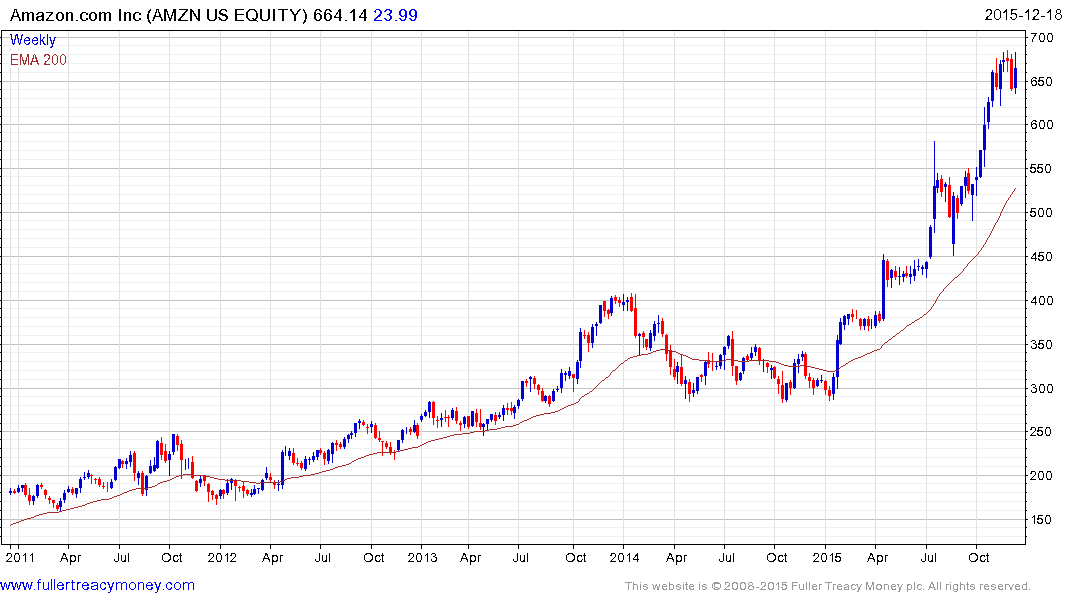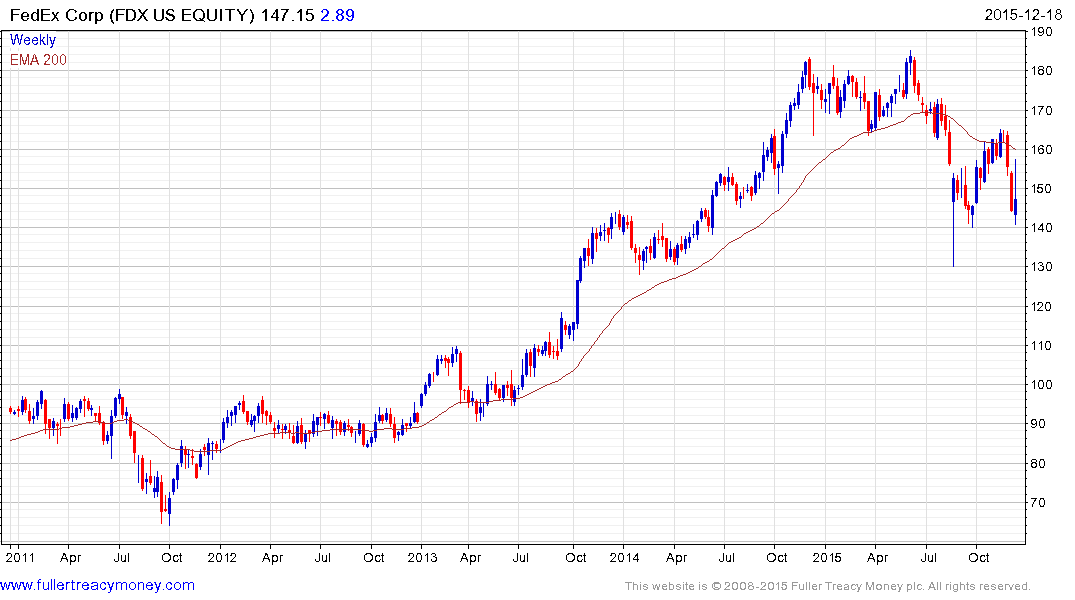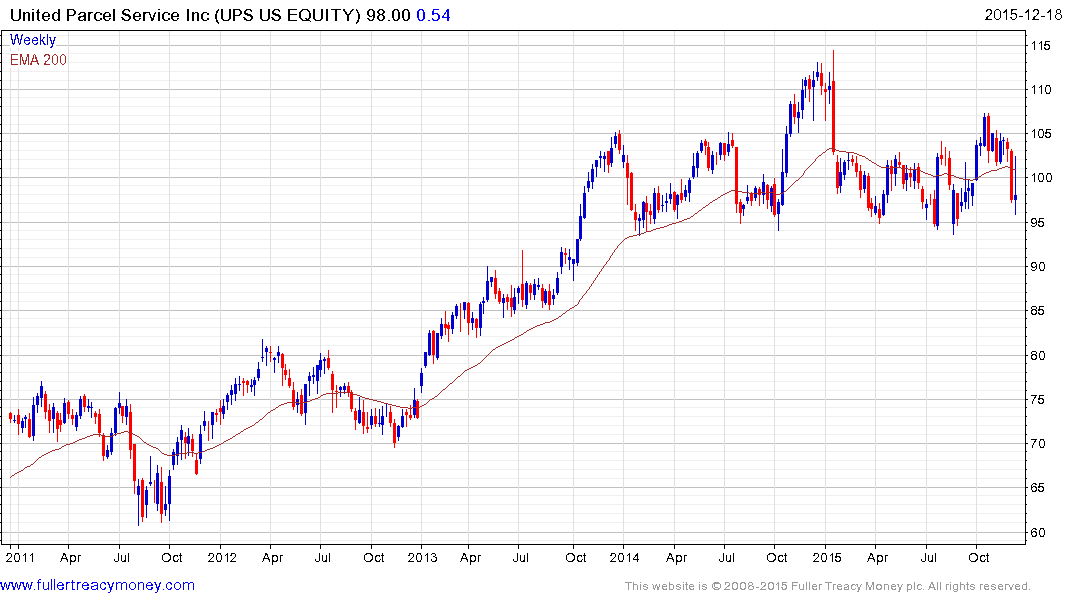Amazon Seeks More Control After Clicks Hit the Bricks
This article by Shira Ovide for Bloomberg may be of interest to subscribers. Here is a section:
Control of the delivery process is Amazon’s obsession. Now the company is negotiating to lease 20 cargo jets, according to the Seattle Times, again with the ambition of having more autonomy over a part of the delivery path typically handled by shippers such as UPS and FedEx.
Even if Amazon’s self-delivery initiatives never move beyond the experimental phase, they have the benefit of keeping the pressure on shipping companies not to drop the ball. Amazon can’t afford a repeat of Christmas 2013, when UPS and FedEx were overwhelmed by holiday packages and made a portion of deliveries well after Christmas. Amazon had to offer gift cards to some of its customers to make amends. When Amazon executives are asked publicly about its partners in the package delivery business, they tend to say Amazon is happy with its existing relationships with shippers. Behind closed doors, it’s a different story.
Even without mass purchases of jets, trucks and couriers, the package preparation and delivery process is growing more expensive for the company. Amazon's fulfillment costs -- the company’s spending on packaging-and-distribution centers and related expenses – were $8.87 billion in the nine months ended Sept. 30, or 12.4 percent of the company’s net sales in the period. In 2012, they were 10.5 percent of net sales. Amazon's costs for shipping are also creeping up, from 8.4 percent of revenue in 2012 to 11.7 percent in the three months ended Sept. 30.
Amazon has been enormously successful in cementing its position as leader in the ecommerce sector. However the company also has a tendency to identify opportunities among its sub-partners, then replaces them by fulfilling their function internally. Amazon charges approximately 23% of the sales price to list items but this also means they have a great deal of intelligence on what is selling. This allows them to see how they can cut out the middle man in as many sectors as possible. The question at this juncture is whether Amazon can successfully displace its packaging and shipping suppliers.

Amazon’s share continues to pause below $700 but remains quite overextended relative to the trend mean.

Fedex encountered resistance three weeks ago in the region of the trend mean and pulled back from that area again this week. A sustained move above $160 would be required to question medium-term supply dominance.

UPS has been ranging mostly below $110 since 2014 and is now testing the lower side. Following what had been a consistent medium-term uptrend this represents a major loss of momentum and potential Type-3 top formation characteristics as taught at The Chart Seminar.


